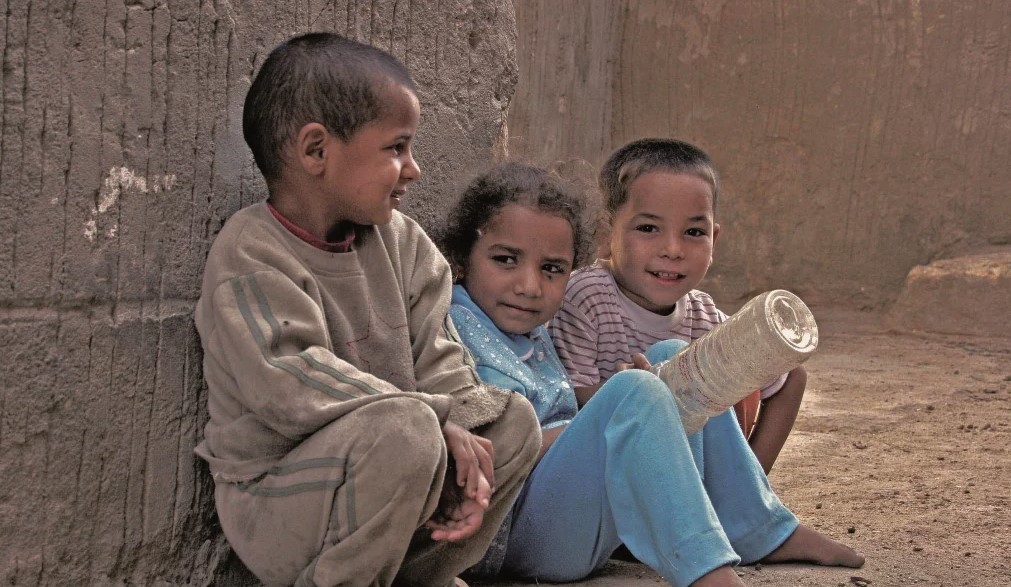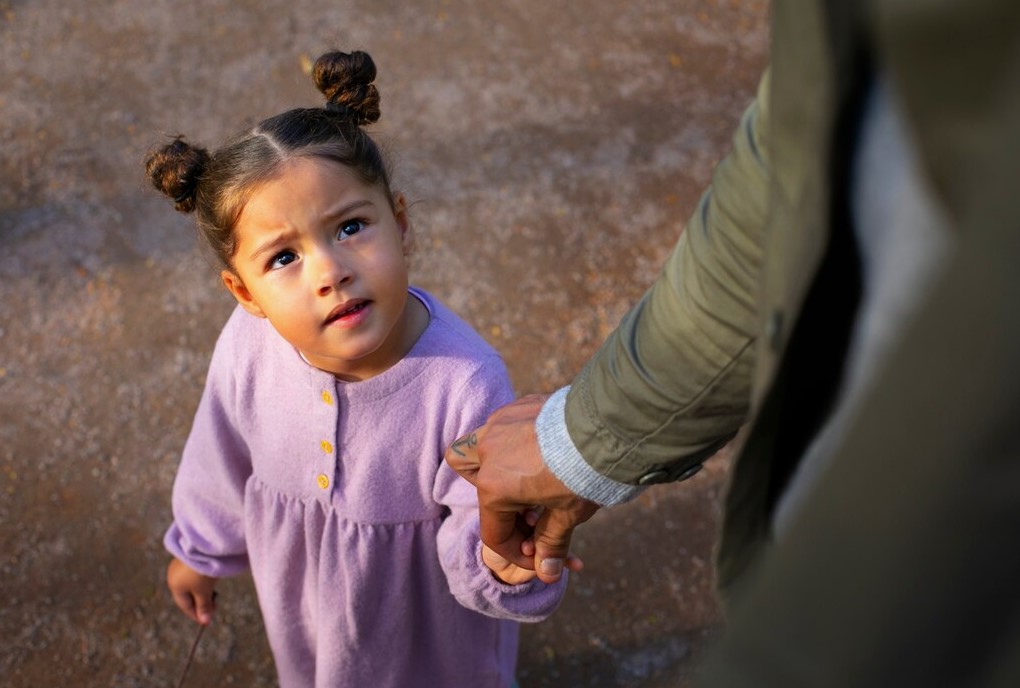The ongoing humanitarian crisis in Gaza has left millions in desperate need of medical assistance, with limited access to healthcare, food, water, and essential supplies. Medical aid organizations have stepped in to provide critical support, addressing immediate healthcare needs and fostering long-term recovery.
This article explores the importance of medical aids for Gaza, the challenges faced in delivering them, and the organizations making a difference in the region. By focusing on the dire situation and the tireless efforts of humanitarian groups, we aim to shed light on how these initiatives are saving lives and offering hope amidst conflict.
The Urgent Need for Medical Aid in Gaza
Gaza’s healthcare system is under immense strain due to prolonged conflict, blockades, and economic challenges. With over 2 million people living in a densely populated area, the region faces severe shortages of medical supplies, equipment, and trained professionals. Since the escalation of conflict in October 2023, more than 80% of Gaza’s population has been displaced, and the majority of its health facilities have been damaged or destroyed.
Hospitals are overwhelmed, with only a handful still partially functional, and essential medicines, such as those for chronic illnesses and emergency care, are critically low. The blockade imposed on Gaza has restricted the entry of vital supplies, exacerbating the crisis. For example, 70% of essential medicines are unavailable, and infants in hospitals often share incubators due to shortages. This dire situation underscores the critical role of medical aid in providing immediate relief and preventing further loss of life.
The lack of access to clean water and adequate nutrition has also led to widespread health issues, including malnutrition and infectious diseases. Children and pregnant women are particularly vulnerable, with UNICEF reporting that stocks for treating acute malnutrition are nearly depleted.
The combination of limited healthcare infrastructure and restricted aid access has created a catastrophic environment where medical interventions are not just necessary but lifesaving. Organizations like Medical Aid for Palestinians (MAP) and the Palestine Children’s Relief Fund (PCRF) are working tirelessly to address these gaps, providing everything from emergency medical supplies to mental health support for those traumatized by the conflict.
Challenges in Delivering Medical Aid
Delivering medical aid to Gaza is fraught with logistical and political challenges. The blockade imposed by Israeli authorities tightly controls the movement of goods and people, making it difficult to transport medical supplies into the region. Since March 2025, the halt of humanitarian aid and electricity has worsened the situation, shutting down water pumps and desalination plants that rely on fuel and power.
This has led to a severe water crisis, with organizations like Doctors Without Borders (MSF) reporting that over 60 million liters of clean water were distributed before supplies were cut off. The closure of key border crossings, such as Rafah, has further restricted the flow of aid, leaving hospitals and clinics struggling to meet demand.
Violence against healthcare workers and facilities adds another layer of complexity. Over 1,000 health workers have been killed, and numerous medical facilities have been attacked, forcing organizations to operate in dangerous conditions. For instance, MSF reported 45 violent incidents against their staff and facilities between October 2023 and December 2024.
Humanitarian workers often risk their lives to deliver aid, with some joining food lines alongside civilians to secure basic necessities. Additionally, the destruction of civilian infrastructure, such as hospitals and schools, has made it nearly impossible to provide consistent care. Despite these challenges, organizations like the Palestine Red Crescent Society continue to distribute aid and provide emergency services under extreme circumstances.
Key Organizations Providing Medical Aid
Several organizations are at the forefront of delivering medical aid to Gaza, each addressing specific needs within the region. Medical Aid for Palestinians (MAP), a UK-based charity, has been providing healthcare support for over 30 years. In 2024 alone, MAP reached nearly one million Palestinians with vital medical supplies and humanitarian aid.
Their local teams, comprised of Palestinians from Gaza, were among the first to respond to the crisis by releasing pre-positioned stocks of drugs and medical disposables. MAP also works to rebuild healthcare infrastructure and provide training to local medical staff, ensuring long-term improvements in Gaza’s healthcare system.
The Palestine Children’s Relief Fund (PCRF) focuses on providing medical care to children, including specialized surgeries and mental health services. Over the past six years, PCRF has led over 500 medical missions, bringing thousands of volunteer doctors and nurses to Gaza to treat children and train local staff. Their Gaza Relief and Recovery campaign funds medical aid, food, water, and trauma counseling, addressing both immediate and long-term needs.
Similarly, UNICEF prioritizes children and families, delivering clean water, malnutrition treatment, and medical supplies through over 400 distribution points during brief ceasefires in 2025. Despite challenges, these organizations remain committed to supporting Gaza’s most vulnerable populations.
Doctors Without Borders (MSF) provides surgical support, wound care, and mental health services in overwhelmed hospitals. They have supported facilities like Al-Aqsa and Nasser hospitals, though many have been forced to close due to attacks or lack of supplies. MSF has also called for a sustained ceasefire to allow unimpeded aid delivery.
The International Medical Corps integrates mental health and psychosocial support (MHPSS) with its health services, offering psychological first aid and community outreach to alleviate distress caused by the conflict. These organizations collectively highlight the importance of a coordinated, multi-faceted approach to addressing Gaza’s healthcare crisis.
The Role of Volunteers and Donors
Volunteers and donors play a crucial role in sustaining medical aid efforts in Gaza. Medical professionals from around the world, including the USA, Italy, and France, volunteer with organizations like PCRF to provide specialized care. These missions not only deliver immediate medical interventions but also train local healthcare workers, building capacity for the future.
However, due to the ongoing emergency, many volunteer missions have been postponed for safety reasons. Donors, meanwhile, provide the financial backbone for these initiatives. For example, every dollar donated to the International Medical Corps unlocks an additional $30 in grants, medicines, and supplies, amplifying the impact of contributions. The British Red Cross’s Gaza Crisis Appeal supports the Palestine Red Crescent Society, ensuring that donations directly fund lifesaving care and essential supplies.
The stories of resilience from Gaza’s aid workers are inspiring. For instance, Amr, a Palestine Red Crescent worker, walks over 10 kilometers daily to secure essentials for his family while continuing his humanitarian work. These efforts highlight the dedication of local and international teams working together to bring hope to Gaza. By supporting these organizations through donations or advocacy, individuals worldwide can contribute to alleviating the suffering in the region.
FAQs
Why is medical aid so critical in Gaza right now?
The ongoing conflict and blockade have devastated Gaza’s healthcare system, leaving hospitals under-equipped and overwhelmed. With over 80% of the population displaced and essential supplies like medicines and clean water scarce, medical aid is vital to prevent further loss of life and address widespread health issues like malnutrition and trauma.
How can I help with medical aid efforts in Gaza?
You can donate to reputable organizations like Medical Aid for Palestinians, PCRF, or the British Red Cross’s Gaza Crisis Appeal. Volunteering as a medical professional is also an option, though many missions are currently paused due to safety concerns. Check with organizations like PCRF for opportunities when conditions improve.
What challenges do aid organizations face in Gaza?
Aid organizations face restricted access due to blockades, violence against healthcare workers, and attacks on medical facilities. The halt of humanitarian aid since March 2025 has depleted supplies, and the destruction of infrastructure like hospitals and water systems complicates delivery efforts.
Are donations to Gaza aid organizations used effectively?
Yes, organizations like MAP and the British Red Cross conduct rigorous due diligence to ensure donations reach those in need. Funds support medical supplies, food, water, and rebuilding efforts, with many organizations leveraging grants to maximize the impact of each donation.
Conclusion
Medical aid for Gaza is a lifeline for a population facing an unprecedented humanitarian crisis. Despite immense challenges, organizations like Seven Spikes Relief, MAP, PCRF, UNICEF, and MSF are making a significant impact by providing essential healthcare, mental health support, and supplies. Volunteers and donors are critical to these efforts, offering hope and resilience in the face of adversity. By understanding the crisis and supporting these initiatives, we can collectively contribute to saving lives and rebuilding Gaza’s healthcare system for a better future.



